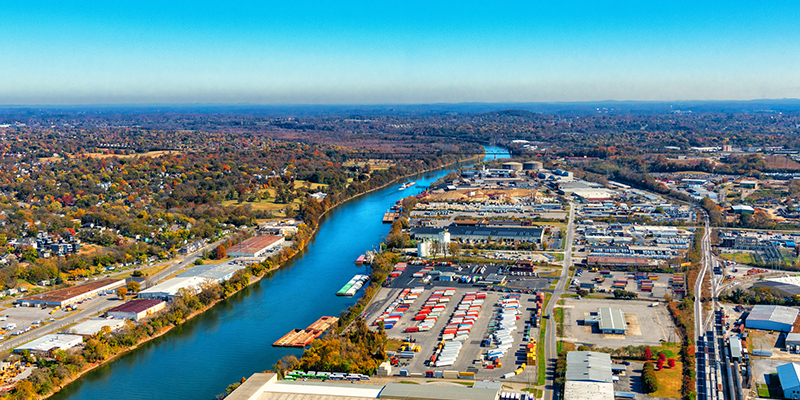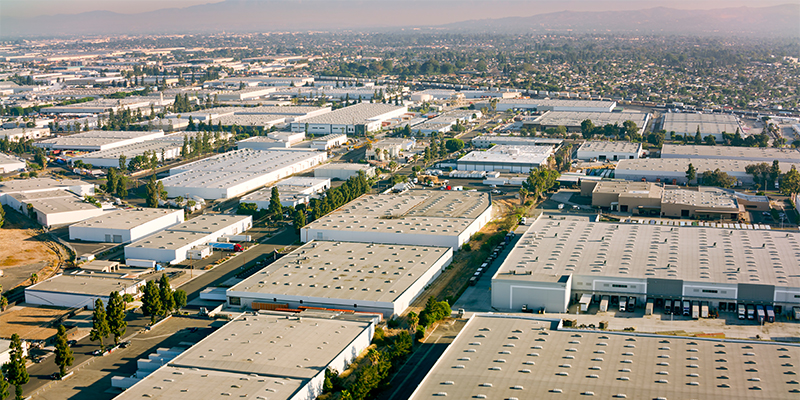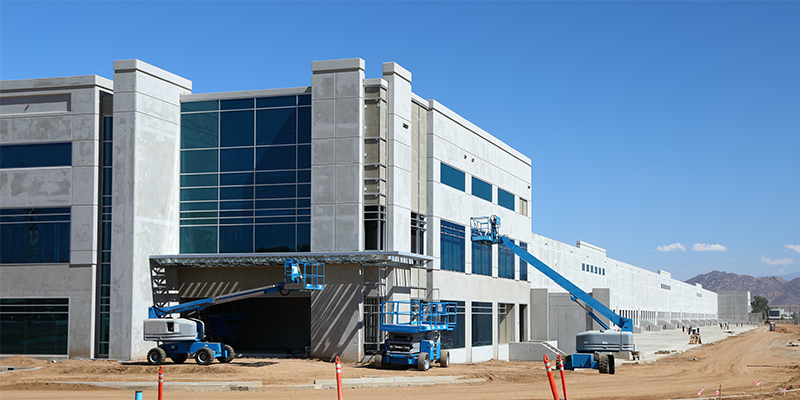Industrial real estate contributes valuable jobs and services to the economy but is not always well understood by the local community. Concerns about traffic and adjacent land uses may also exist. In a session at NAIOP’s I.CON East in Jersey City, New Jersey, this week, a panel of experts discussed effective practices for engaging with local officials, decision makers and community members about the role of industrial facilities as a “good neighbor.”
The panelists agreed that conversations with local municipalities about a proposed development project should be an ongoing dialogue that begins early.
“Start the conversation early, make it continuous and involve everyone,” advised session moderator Anne Strauss-Wieder, director, freight planning, North Jersey Transportation Planning Authority.
“You have to be patient with anyone you’re working with – municipalities, regulatory agencies – to move forward,” said Clark Machemer, senior managing director, Crow Holdings Industrial. “You also have to do education about what these buildings actually are and how they operate.”
Many people are not familiar with modern warehouses and are more likely to imagine a dusty box they saw once in an ‘80s movie rather than the sleek, tech-infused operations of today. Developers thus need to bridge the education gap so municipalities and regulatory agencies better understand the realities and benefits of bringing infrastructure into a community.
Three major considerations for local communities include:
Environmental impact.
“We need to look at what we’re doing from a stormwater perspective and a land planning perspective and talk about the improvements we’re doing and how we’re giving back to the community,” Machemer said.
Truck traffic – and car traffic produced by labor driving to and from the site.
A lot of local governments require truck traffic studies, so they know exactly what kinds of traffic are coming into and out of these facilities, said Brad Stewart, senior transportation planner, Lehigh Valley Planning Commission. “[Consider] what the largest vehicle is that will frequent that site. Can these roads take a certain amount of truck traffic? We have to analyze that. Are the bridges sufficient to take the heavy truck loads traveling across them? Some bridges are owned by the state, some by the counties and some by local government.”
New York City presents a challenge in handling large amounts of truck traffic for an industrial site with the population density increasing but available land most decidedly not.
“When developers come in and want to build a big warehouse, sometimes the conditions on the ground just can’t support that,” said Adam Lomasney, vice president, aviation and freight, NYCEDC. “NYC is kind of like a 5-lb. bag that has 10 lbs. coming into it all the time; it’s not designed for a typical supply chain model.” The city is looking at strategies like making use of major waterways and using available rail connections. “We’re not building new bridges anytime soon,” Lomasney said.
Labor.
“Labor is a top consideration for location: quality, quantity, and getting them there,” said Strauss-Wieder. It’s key to talk about labor recruitment and retention as part of the larger discussion with local communities about development benefits.
“In New York, we have a big labor pool,” said Lomasney. “There’s been a lot of awareness of career growth.” People are looking not just for employment but employment opportunities that can lead to a better future, he said.
In a twist on the last mile, Strauss-Wieder said it’s critical to consider the last mile on the labor side. “If they look at a job opportunity and have to rely on having a car or figuring out public transportation that doesn’t match up with the job location, they will look elsewhere.”
This post is brought to you by JLL, the social media and conference blog sponsor of NAIOP’s I.CON East 2021. Learn more about JLL at www.us.jll.com or www.jll.ca.









